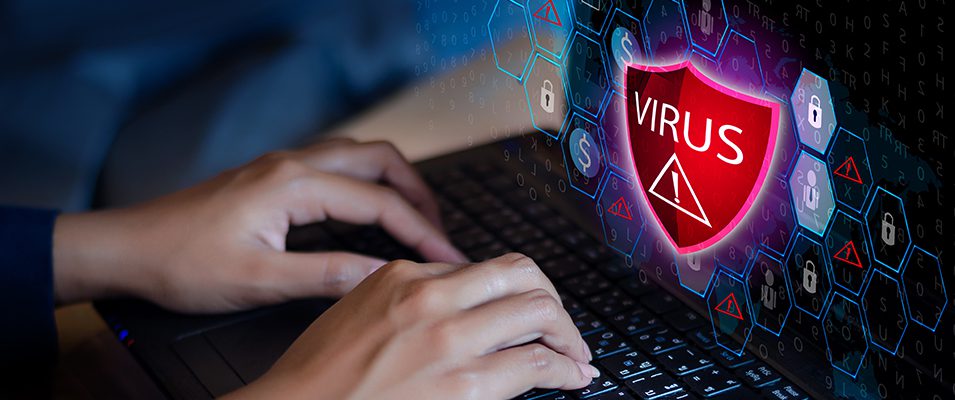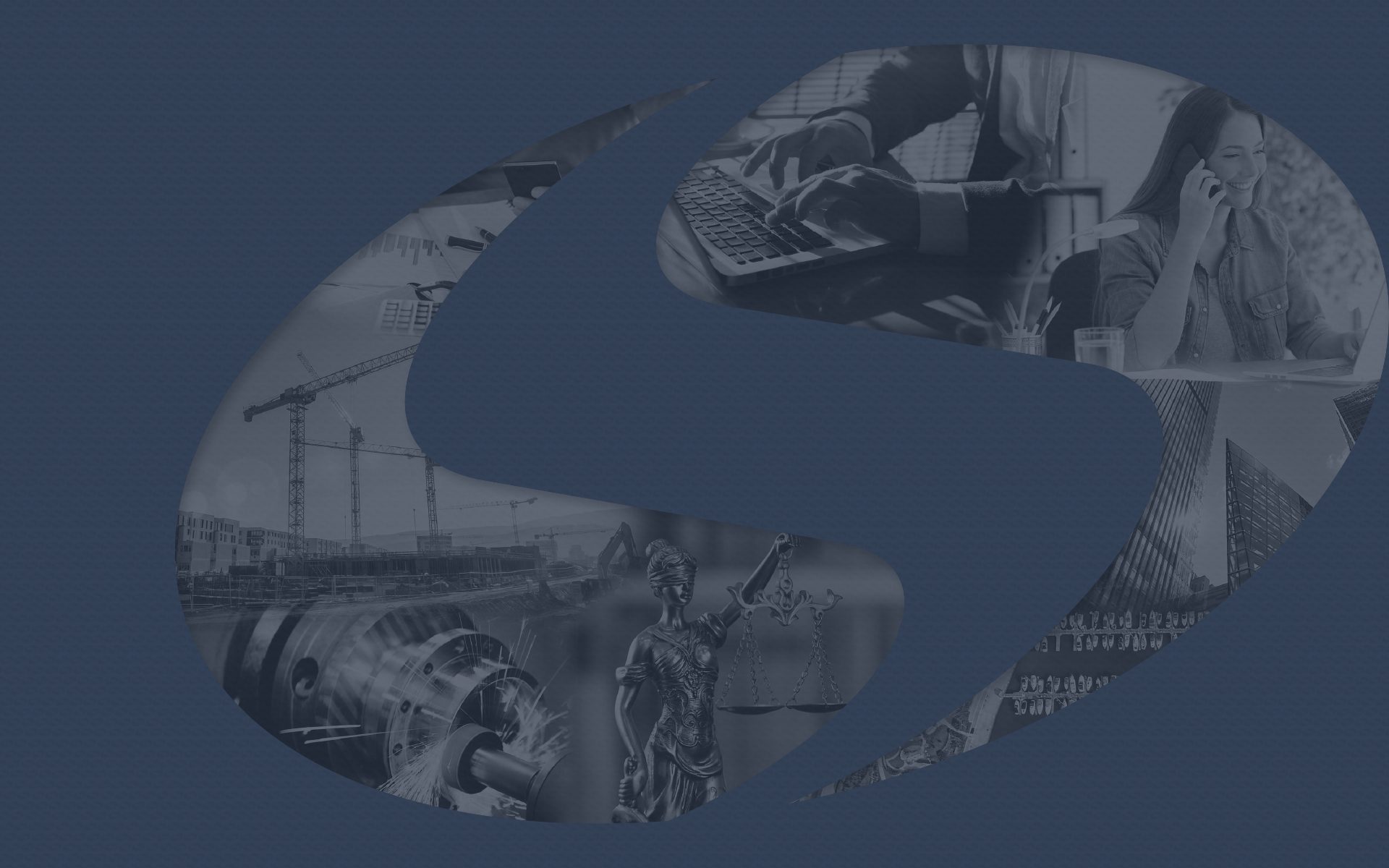
02 Mar What is Malware
Sunwest Bank’s Complete Guide
on Malware and Malware Defense
In today’s digitally interconnected world, the benefits of online connectivity are immense. However, these advantages also come with heightened risks, mainly from various forms of malicious software known as malware, which, in some cases, can put your personal banking information at risk. At Sunwest Bank, our top priority is safeguarding our customers’ financial security and sensitive information against these digital threats. This essential guide delves into what malware is, how it works, and, most importantly, how to protect yourself and your valuable data from falling victim to these malicious attacks.
Understanding Malware: The Basics
What Does ‘Malware’ Mean?
Malware, short for malicious software, encompasses any software deliberately designed to harm a computer system, network, or client. It can disrupt operations, steal sensitive data, or gain unauthorized access to computer systems. Malware comes in many forms, each with its own method of infecting and damaging digital devices and networks.
Common Types of Malware
- Computer Viruses: Like a biological virus, a computer virus replicates itself and spreads to other programs, potentially causing significant harm. Viruses can corrupt or delete data, and slow system performance renders devices unusable.
- Worms: These are similar to viruses but can spread across networks independently without needing attachment to a separate program. Worms exploit operating systems and software vulnerabilities to propagate rapidly, consuming network bandwidth and overloading servers.
- Trojan Horses: A trojan horse appears benign but performs undisclosed malicious activities, compromising security. Trojans often disguise themselves as legitimate software, tricking users into installing them. Once active, they can create backdoors for hackers, steal data, or download additional malware.
- Ransomware: This advanced malware encrypts a victim’s files and demands a ransom payment in exchange for the decryption key. Ransomware attacks can cause significant financial losses and disrupt business operations.
- Spyware: As the name suggests, spyware is designed to spy on user activities without their knowledge. It can track keystrokes, monitor browsing habits, and steal password data or other sensitive information like financial data.
- Adware: While less dangerous than other types of malware, adware can be a nuisance. It displays unwanted advertisements, redirects search requests, and collects data on user behavior for marketing purposes.
The Evolving Threat Landscape
Why Do Cybercriminals Use Malware?
In the early days of computing, malware was often created as pranks or to showcase the skills of its creators. Today, however, malware is primarily a tool for financial gain in cybercrimes. Cybercriminals and malware scammers deploy malware to steal banking credentials, personal identity details, and other valuable data. This information is sold on the dark web or used directly for theft, fraud, and extortion. Some hackers also use malware to launch large-scale attacks on businesses and organizations, seeking ransom payments or causing disruption. Hackers have been able to hack into some of the most secure companies in the world, including Apple and even the FBI, so it is very important every business has a cyber security plan in place.
How Malware Spreads
Malware can infiltrate your devices through various channels, often without your knowledge. Some of the most common methods include:
- Email Attachments: Cybercriminals frequently use phishing emails to trick unsuspecting users into opening malicious attachments. These attachments can infect computer systems immediately upon opening.
- Compromised Websites: Hackers can exploit vulnerabilities in legitimate websites to host malware. Merely visiting or downloading files from these sites can lead to malware infection.
- Portable Devices: Connecting infected USB drives, mobile devices, or other devices to your computer can spread malware.
- Software Vulnerabilities: Cybercriminals constantly search for and exploit weaknesses in operating systems and popular software applications. Failing to install updates and patches promptly can open your system to attack.
- Peer-to-Peer File Sharing: Malicious downloads from untrustworthy sources on peer-to-peer networks can expose your device to malicious programs disguised as legitimate files.
Proactive Malware Defense Strategies
How Can Malware Be Prevented?
Prevention is crucial in protecting against malware. At Sunwest Bank, we recommend the following best practices:
- Regular Updates: Keep your operating system, antivirus software, and all other applications up-to-date. Software updates often include critical security patches that address known vulnerabilities.
- Strong Antivirus Software: Use comprehensive, reputable security software to detect, block, and remove various types of malware. Ensure your antivirus program is set to update automatically and run regular scans, including detection and malware protection.
- Firewall Protection: Enable your operating system’s built-in firewall or invest in a hardware firewall to monitor and control network traffic. Firewalls can prevent unauthorized access to your system and block malicious communications.
- Email Caution: Be wary of unsolicited emails containing attachments or suspicious links. Avoid opening attachments from unknown senders, and verify the legitimacy of any links before clicking.
- Secure Connections: Always ensure your internet connection is secure, especially when using public Wi-Fi. Avoid conducting sensitive transactions or accessing confidential data on unsecured networks.
- Strong Passwords: Use strong, unique passwords for all your accounts and change them regularly. Consider using a password manager to generate and store complex passwords securely.
- Two-Factor Authentication: Enable two-factor authentication (2FA) whenever possible. 2FA adds an extra layer of security by requiring a second form of verification, such as a code sent to your phone, in addition to your password.
- Backup Your Data: Regularly back up your important files to external drives or secure cloud storage. In the event of a malware infection or ransomware attack, you can restore your data without paying a ransom.
- User Education: Stay informed about the latest malware threats and educate yourself and your employees on safe computing practices. Be cautious when downloading files, clicking links, or providing personal information online.
Detecting and Eliminating Malware
Despite your best efforts, malware may still find its way onto your system. Infected computers often display these signs of malware infection:
- System Slowdown: If your device becomes unusually slow or unresponsive, it could be due to malware consuming system resources.
- Frequent Crashes: Sudden system crashes, freezes, or error messages can indicate the presence of malware interfering with normal operations.
- Unusual Ads and Pop-ups: A barrage of pop-up advertisements, especially ones that are difficult to close, may signal an adware infection.
- Unfamiliar Programs: If you notice new programs, bundled software, or browser extensions you didn’t install, they could be malware.
- Strange Network Activity: Unexpected spikes in internet traffic or unfamiliar connections in your network logs might suggest malware communicating with external servers.
If you suspect a malware infection, take these steps:
- Disconnect from the Internet: Immediately disconnect the infected computer from the internet to prevent the malware from spreading or communicating with its command and control servers.
- Run a Full System Scan: Use your up-to-date antivirus software to perform a comprehensive scan of your system. If the initial scan doesn’t detect malware, try running scans with several different antivirus programs.
- Remove the Malware: If your antivirus software detects malware, follow its instructions to remove the threat. This may involve quarantining the malicious files or completely deleting the files with malicious code from your system.
- Restore from a Clean Backup: If the malware has corrupted your files or you cannot remove the malware completely, you may need to restore your system from a clean, pre-infection backup. This underscores the importance of maintaining regular backups.
- Seek Professional Assistance: For severe or persistent malware infections, don’t hesitate to seek help from professional cybersecurity experts. They have the tools and knowledge to remove the malware and help you recover your system thoroughly.
Sunwest Bank: Your Partner in Cybersecurity
At Sunwest Bank, we’re dedicated to providing our customers with the knowledge and resources they need to stay safe in the ever-changing digital landscape. We employ cutting-edge security measures to protect your sensitive data and financial assets from malware and other cyber threats.
By staying informed and vigilant, you can significantly reduce your risk of falling victim to malware attacks. Remember, your security is our top priority. Together, we can create a safer online environment for all.
For more information on cybersecurity best practices and how Sunwest Bank works to protect you, read our other security articles or contact our dedicated support team. Our experts are always ready to provide guidance and answer any questions about staying secure in the digital world.[/vc_column_text][/vc_column][/vc_row]




